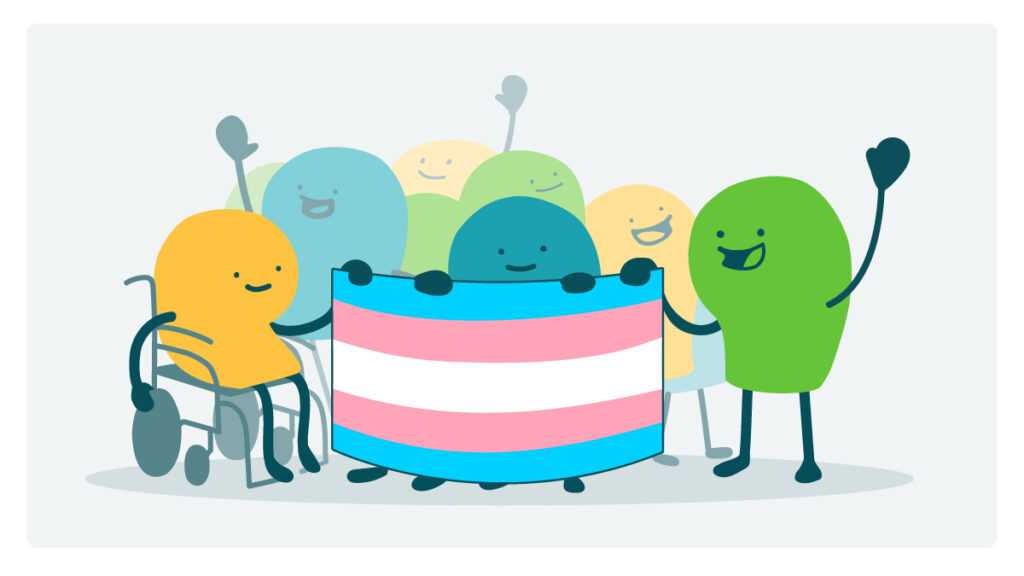
Monday is Transgender Day of Visibility — a day when we celebrate the lives and contributions of trans and nonbinary people, amplify their voices, and honor their victories. It’s a day to acknowledge the strength and power of the trans community while also having honest conversations about the factors — like discrimination, stigma, and violence — that have required trans people to develop such resilience and courage. These factors affect health and well-being just as much as medical concerns (for example, trans people have higher rates of conditions like HIV/AIDS and mental illness).
But here’s the problem: We don’t always have the data to fully see the impact of any of these realities. Many public health surveys and studies ask participants to identify either their sex (a biological construct) or their gender (a social construct), but not both. This approach makes it almost impossible to fully understand the experiences of trans and nonbinary people. And when public health data fails to include a population (or when a population is erased from public data sets), that population is left out of research findings, policy decisions, and health care services.
So, what can we as health communicators and researchers do? We can start by doing our best to make sure our trans and nonbinary community members are visible. And although we don’t have all the answers, we do have a few suggestions.
- Use the two-step method to gather sex and gender information on surveys. It asks participants to name both their current gender and their sex assigned at birth. This approach helps make trans and nonbinary people visible in data — and when people are visible, public health programs can better meet their needs.
- Partner with trans people. In short, when trying to learn about a population, team up with them. One term for this is community-based participatory research (CBPR) — it’s a collaborative approach that directly involves communities in study design, data collection, and analysis. (Check out Howard Brown Health’s guide to CBPR for trans and nonbinary health!)
- Partner with community-based organizations that serve trans populations. These organizations bring lived experience, trust, and deep connections that can help ensure research is respectful, relevant, and actionable.
- When trans data is deleted from public data sets, link to new data. It may not always be possible to find a one-to-one replacement, but do your best. For example, U.S. Trans Survey may be an option for some public health-related data, The Trevor Project can provide data related to mental health in LGBTQ+ young people (and segments some data by gender identity), and this survey of trans adults includes categories on discrimination, mental health, and accessing health care. And if the information you’re linking to isn’t the perfect fit for the information that was deleted, consider explaining why. After all, a key part of supporting equity is advocacy — and when we call out attempts to erase the presence of trans people, we continue to advocate for and support trans visibility.
- Prioritize inclusive language. This almost goes without saying — but now more than ever, choose language that reflects trans people’s identities and experiences and conveys respect to everyone. Check out our Inclusive Language Playbook for actionable tips!
The bottom line: When trans people are left out of data, they’re left out of health care — and that perpetuates and deepens disparities. Inclusive approaches to collecting gender information and population research are vital to honoring the experiences and addressing the needs of trans people.
Copy/paste to share on social (and tag us!): Celebrate Transgender Day of Visibility with these tips about inclusive data: https://communicatehealth.com/wehearthealthliteracy/on-transgender-day-of-visibility-lets-talk-about-inclusive-data-in-public-health/
Browse recent posts